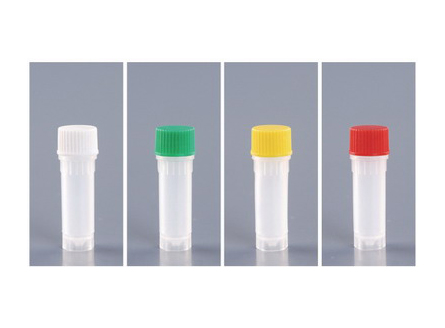
FAX:+86-317-4052076
Email:[email protected]
Web:2meiwang.cn
Address:Du Sheng Xiang Xiao Liu Village, Cang County, Cangzhou City, Hebei Province
Current Location:HOME > PRODUCTS > Reagent bottle series >
PRODUCTSSerum bottle
The sealing of the mouth and cap of the serum bottle is good, without the need for a cork, and it is also non permeable; Wide mouth design, easy to use, smooth inner and outer walls, easy to clean, and there is no liquid residue on the inne
Phone+86-18713756786

The sealing of the mouth and cap of the serum bottle is good, without the need for a cork, and it is also non permeable; Wide mouth design, easy to use, smooth inner and outer walls, easy to clean, and there is no liquid residue on the inner wall of the bottle mouth. It can be cleaned in boiling nitric acid. All other concentrated, dilute, inorganic, (acid, alkali, ester) have no effect.
Usage: Suitable for storing, packaging, high-purity and highly corrosive drugs, chemical reagents, and standard samples.
Attention: Before high temperature and high pressure, only place the cap or cover in the container and do not tighten it.
Features:
1. High and low temperature resistance: The operating temperature can reach -200-205 degrees.
2. Low refractive index.
3. Dissolution and precipitation are vessels used to store standard substances, highly corrosive, expensive, and high-purity reagents.
4. If dropped from a height of 1.2 meters above the ground, the bottle body will not break, the bottle cap will not fall off, there will be no leakage, and the opening can withstand high pressure.
Notes:
1. Please determine whether it is suitable based on the characteristics of the packaging product, such as volatility, chemical compatibility, and permeability; Before mass use, users need to conduct testing to check if it is applicable.
2. During the production process of the product, the leak proof performance sampling test passed: after being filled with water at room temperature and pressure, it was inverted for 12 hours without any leakage.
3. When using high-temperature and high-pressure steam, if the lid is already closed, it needs to be loosened, otherwise deformation may occur due to changes in air pressure.
The issue of suspended solids in serum.
(1) Serum should be stored at -20 ℃. When thawing serum, please follow the step-by-step thawing method (-20 ℃ to 4 ℃ to room temperature). If the temperature change during serum thawing is too large, the experiment shows that it is very easy to produce sediment.
(2) There are many reasons for the appearance of sediment in serum, but the common reason is due to the denaturation of lipoproteins in serum, and fibrinogen also exists in serum after thawing, which can also cause sediment.
(3) If you are unable to use up one bottle at a time, it is recommended to aseptic pack the serum and put it back to freezing. If stored at 4 ℃, do not exceed one month. When stored at 2-8 ℃, various proteins and lipoproteins in the serum may aggregate and form precipitates or visible turbidity.
(4) When thawing serum, please shake it evenly at any time to ensure uniform temperature and composition, and reduce the occurrence of precipitation.
(5) The reason for the discharge of serum is due to considerations of experimental supplies and sterile operations.
(6) Viruses, chlamydia, and black glue insect contamination are also common. If too many cells die and the impact is significant, it is recommended to change the culture medium.

